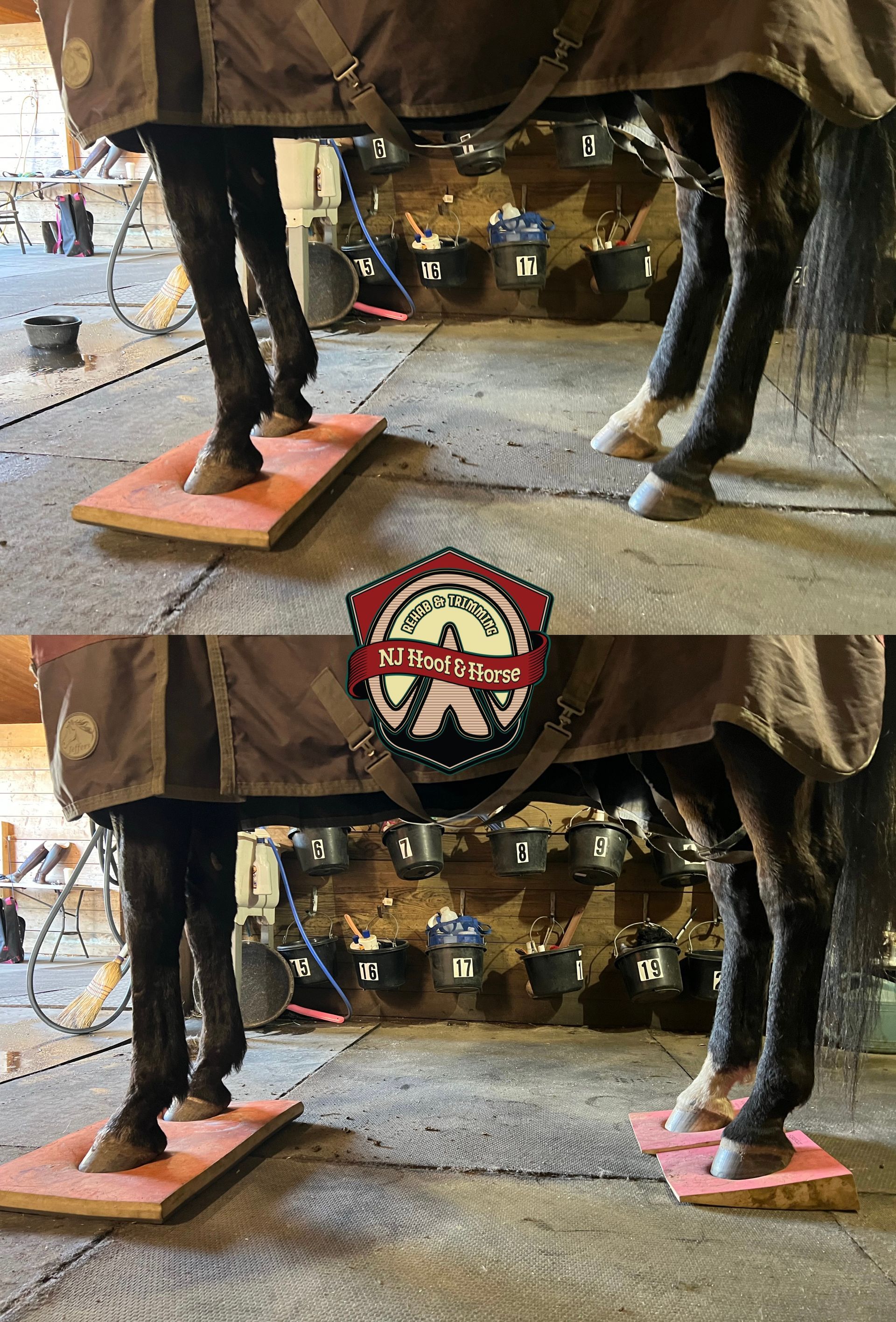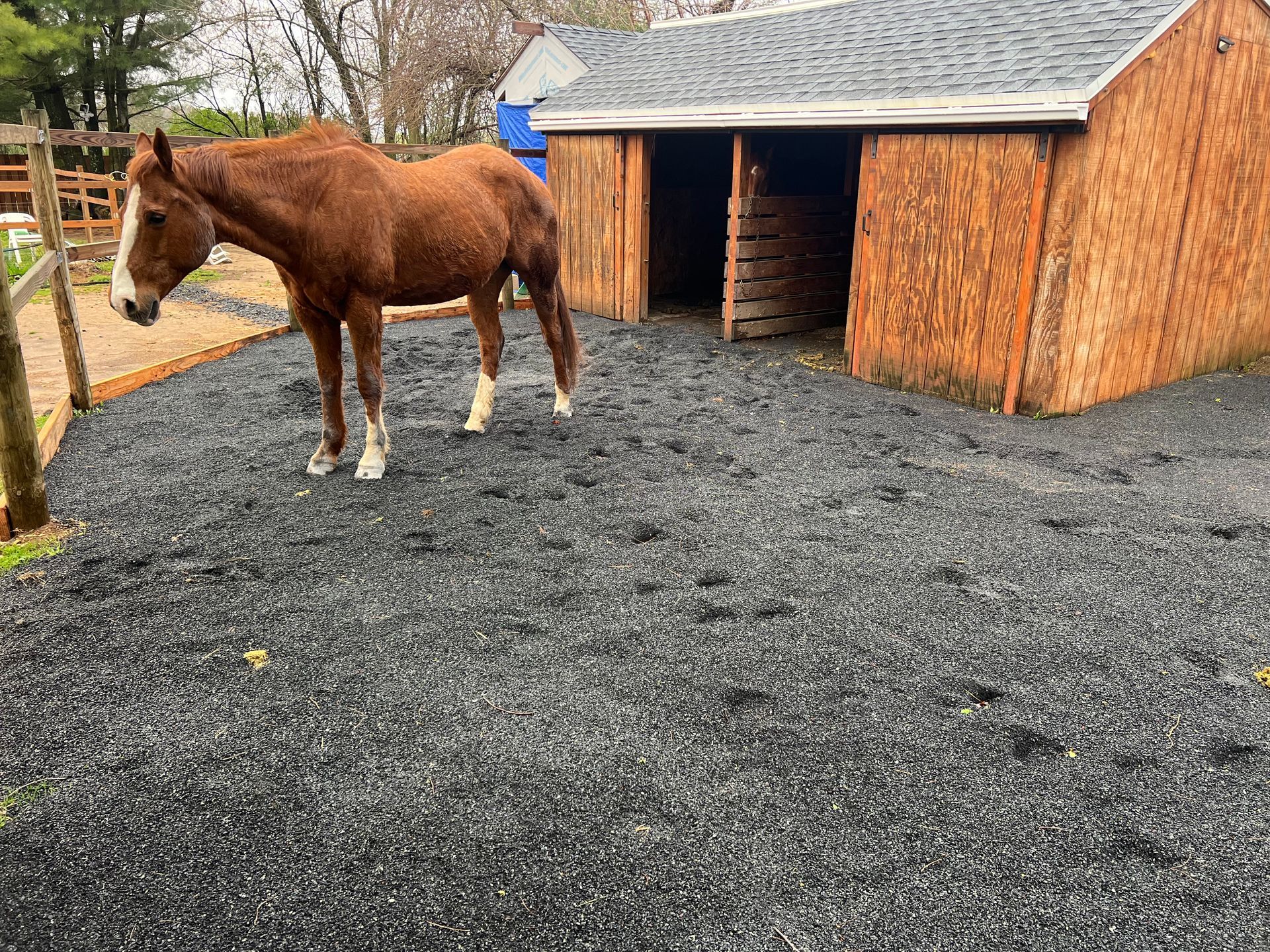Three types of laminitis? Support limb/ Part 1
One Minute Discussions #36
Discussing Natural Hoof & Horse Care
THREE TYPES OF LAMINITIS/ SUPPORT LIMB/ PART ONE
There are three main types of laminitis. This part will discuss the first type: Support Limb Laminitis.
It’s cause is restriction in perfusion/blood flow in the distal limb of the horse. This type of laminitis is rare and mainly happens when a horse fractures or injuries a leg to the point when all the weight is being held on the neighbor/supporting leg. That supporting leg develops laminitis due to all that pressure and lack of blood circulation and limb stimulation.
It is difficult to rehab these horses to soundness since the legs aren’t able to bear weight and the horse is in immense pain but there are cases when the treatment resulted in a positive way. Very interesting info, study and videos done by Dr. Andrew Van Eps and others. Link below!
http://www.thelaminitissite.org/s.html#SLL
Denys A.

